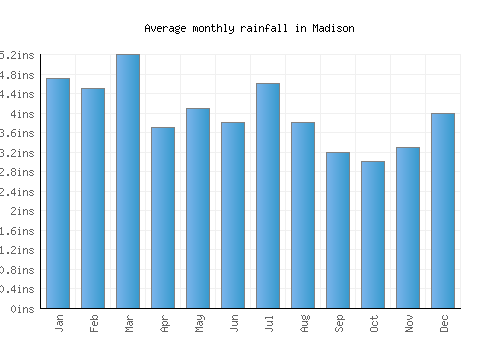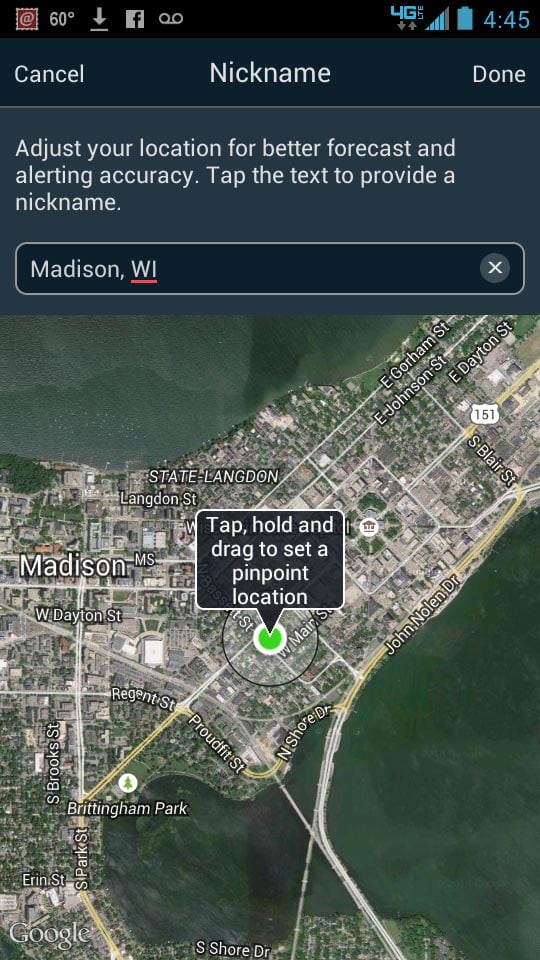

On October 9, 1839, Kintzing Prichett registered the plat of Madison at the registrar's office of the then-territorial Dane County. The cornerstone for the Wisconsin capitol was laid in 1837, and the legislature first met there in 1838. Although the city existed only on paper, the territorial legislature voted on Novemin favor of Madison as its capital, largely because of its location halfway between the new and growing cities around Milwaukee in the east and the long established strategic post of Prairie du Chien in the west, and between the highly populated lead mining regions in the southwest and Wisconsin's oldest city, Green Bay, in the northeast. who had died on June 28, 1836, and he named the streets for the other 38 signers of the U.S. He had James Slaughter plat two cities in the area, Madison and "The City of Four Lakes", near present-day Middleton.ĭoty named his city Madison for James Madison, the fourth President of the U.S.

Doty lobbied aggressively for Madison as the new capital, offering buffalo robes to the freezing legislators and choice lots in Madison at discount prices to undecided voters. One of the legislature's tasks was to select a permanent location for the territory's capital. When the Wisconsin Territory was created in 1836 the territorial legislature convened in Belmont, Wisconsin. Madison's modern origins begin in 1829, when former federal judge James Duane Doty purchased over a thousand acres (4 km 2) of swamp and forest land on the isthmus between Lakes Mendota and Monona, with the intention of building a city in the Four Lakes region. Effigy mounds, which had been constructed for ceremonial and burial purposes over 1,000 years earlier, dotted the rich prairies around the lakes. The Ho-Chunk called the region Taychopera (Ta-ko-per-ah), meaning "land of the four lakes" (Mendota, Monona, Waubesa, and Kegonsa). View of downtown and Capitol from Washington Street, 1865 Native Americans īefore Europeans, humans inhabited the area in and around Madison for about 12,000 years. A booming population combined with a lack in the quantity of housing due to restrictive zoning density regulations have contributed to rising housing costs in many Madison neighborhoods, with a 23% increase in median rent between 20. Madison is a popular visitor destination, with tourism generating over $1 billion for Dane County's economy in 2018. Madison's economy features a large and growing technology sector, and the Madison area is home to the headquarters of Epic Systems, American Family Insurance, Exact Sciences, Promega, American Girl, Sub-Zero, Lands' End, Spectrum Brands, a regional office for Google, and the University Research Park, as well as many biotechnology and health systems startups. Īs of 2021, Madison is the fastest-growing city in Wisconsin. The presence of the University of Wisconsin–Madison (the largest employer in the state) as well as other educational institutions has a significant impact on the economy, culture, and demographics of Madison. Madison has long been a center for progressive political activity, protests, and demonstrations, and contemporary Madison is considered the most politically liberal city in Wisconsin.

Residents of Madison are known as Madisonians. Madison is also home to nine National Historic Landmarks, including several buildings designed by architect Frank Lloyd Wright, such as his 1937 Jacobs I House, which is a UNESCO World Heritage Site. cities and is one of five communities to have received a " Platinum Bicycle Friendly Community" rating from the League of American Bicyclists. Madison is home to an extensive network of parks and bike trails it has the most parks and playgrounds per capita of any of the 100 largest U.S. Located on an isthmus and lands surrounding five lakes- Lake Mendota, Lake Monona, Lake Wingra, Lake Kegonsa and Lake Waubesa-the city is home to the University of Wisconsin–Madison, the Wisconsin State Capitol, the Overture Center for the Arts, and the Henry Vilas Zoo. Madison is named for American Founding Father and President James Madison. Madison is also the principal city of the Madison- Janesville- Beloit Combined Statistical Area which as of 2020 had a population of 910,246. The city forms the core of the Madison Metropolitan Area which includes Dane County and neighboring Iowa, Green, and Columbia counties for a population of 680,796. As of the 2020 census the population was 269,840, making it the second-largest city in Wisconsin by population, after Milwaukee, and the 80th-largest in the U.S. Madison is the county seat of Dane County and the capital city of the U.S.


 0 kommentar(er)
0 kommentar(er)
